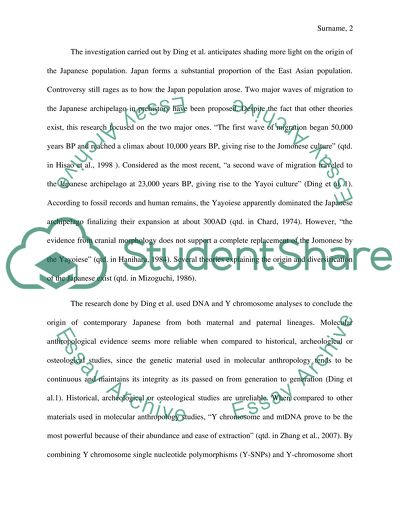Cite this document
(“Mapping Human Genetic Diversity on the Japanese Archipelago Assignment”, n.d.)
Mapping Human Genetic Diversity on the Japanese Archipelago Assignment. Retrieved from https://studentshare.org/anthropology/1441725-academic-article-analysis
Mapping Human Genetic Diversity on the Japanese Archipelago Assignment. Retrieved from https://studentshare.org/anthropology/1441725-academic-article-analysis
(Mapping Human Genetic Diversity on the Japanese Archipelago Assignment)
Mapping Human Genetic Diversity on the Japanese Archipelago Assignment. https://studentshare.org/anthropology/1441725-academic-article-analysis.
Mapping Human Genetic Diversity on the Japanese Archipelago Assignment. https://studentshare.org/anthropology/1441725-academic-article-analysis.
“Mapping Human Genetic Diversity on the Japanese Archipelago Assignment”, n.d. https://studentshare.org/anthropology/1441725-academic-article-analysis.


